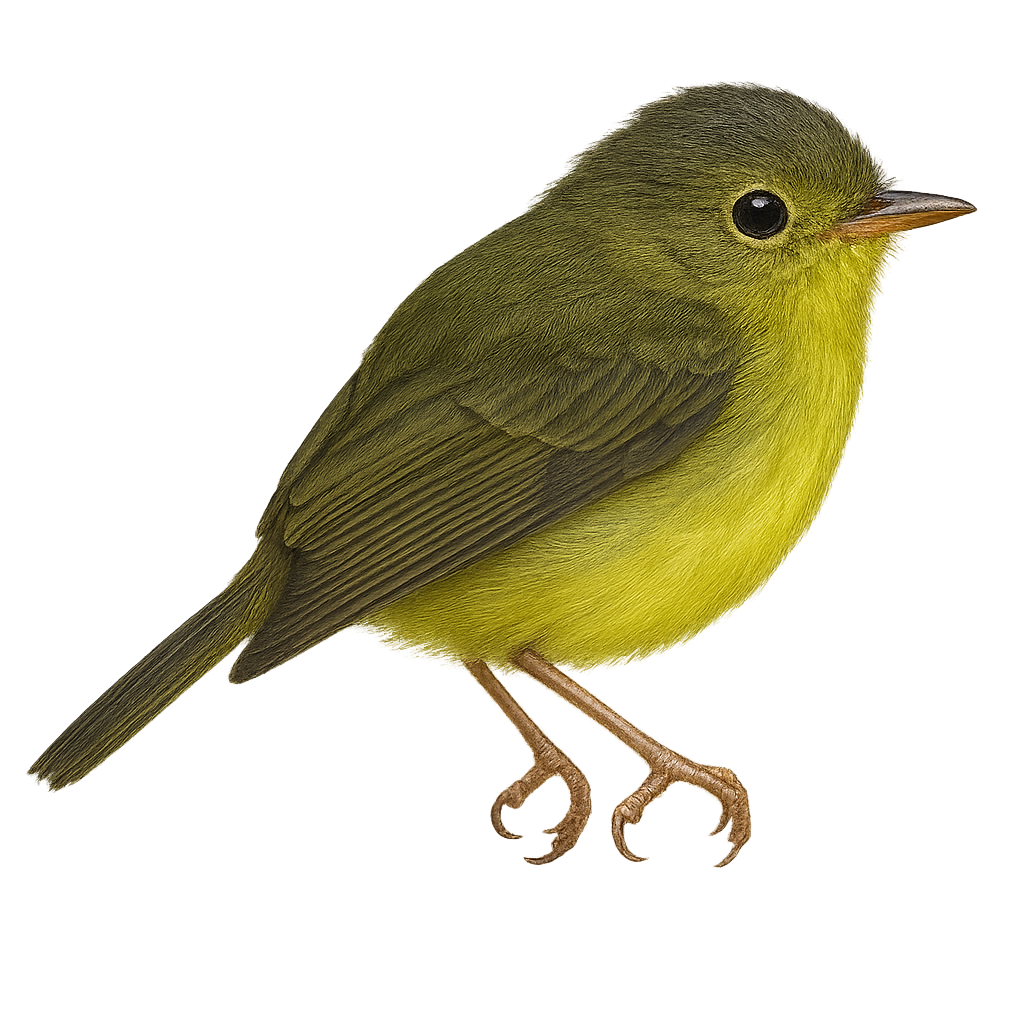Your wildlife photography guide.
Explore the hartert's leaf warbler in detail, study its behavior, prepare your shots.
Where to observe and photograph the hartert's leaf warbler in the wild
Learn where and when to spot the hartert's leaf warbler in the wild, how to identify the species based on distinctive features, and what natural environments it inhabits. The WildlifePhotographer app offers tailored photography tips that reflect the hartert's leaf warbler’s behavior, helping you capture better wildlife images. Explore the full species profile for key information including description, habitat, active periods, and approach techniques.
Hartert's Leaf Warbler
Scientific name: Phylloscopus soror

IUCN Status: Least Concern
Family: PHYLLOSCOPIDAE
Group: Birds
Sensitivity to human approach: Suspicious
Minimum approach distance: 10 m
Courtship display: April to May
Incubation: 12-13 jours
Hatchings: April to May
Habitat:
Temperate forests, subtropical forests, montane woodlands
Activity period :
Primarily active during the day, with peak activity in the morning and late afternoon.
Identification and description:
The Hartert's Leaf Warbler, or Phylloscopus soror, is a small passerine bird belonging to the Phylloscopidae family. It is primarily found in the temperate and subtropical forests of East Asia, particularly in China and Vietnam. This warbler is characterized by its olive-green upperparts and lighter underparts, with pale eyebrows and a subtle wing bar. It is often mistaken for other warbler species due to its similar size and inconspicuous plumage. Its song is a rapid and melodious trill, often heard before the bird is visually spotted. It primarily feeds on insects, which it catches in dense foliage.
Recommended lens:
400mm – adjust based on distance, desired framing (portrait or habitat), and approach conditions.
Photography tips:
To photograph the Hartert's Leaf Warbler, it is advisable to use a 400mm lens or longer to capture precise details without disturbing the bird. Look for it in temperate or subtropical forests, especially in montane woodlands. Be patient and discreet, as this bird is suspicious and often hides in dense foliage. Listen for its distinctive song to locate it more easily. Early morning hours are preferable to take advantage of soft light and increased bird activity.
The WildlifePhotographer App is coming soon!
Be the first to explore the best nature spots, track rutting seasons, log your observations, and observe more wildlife.
Already 1 439 wildlife lovers subscribed worldwide

